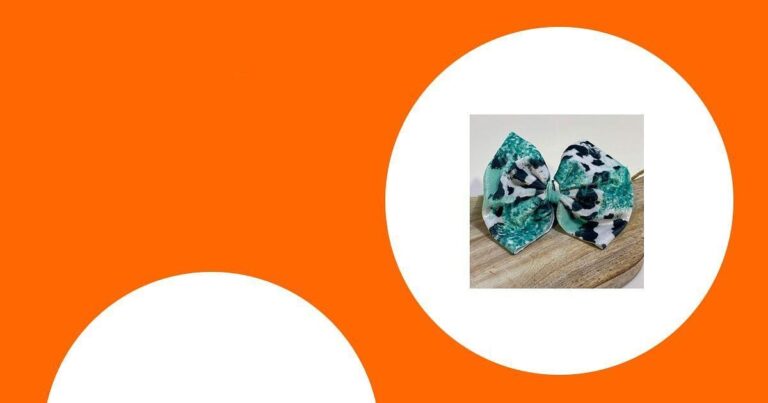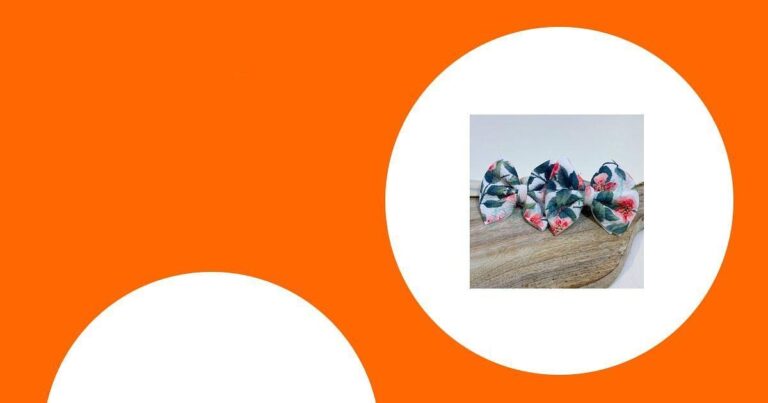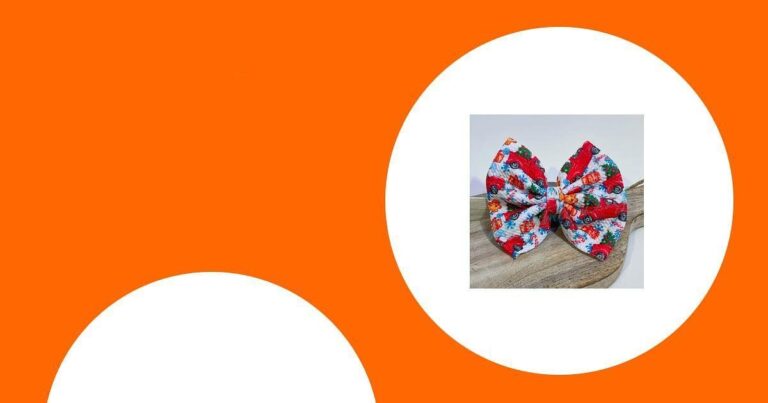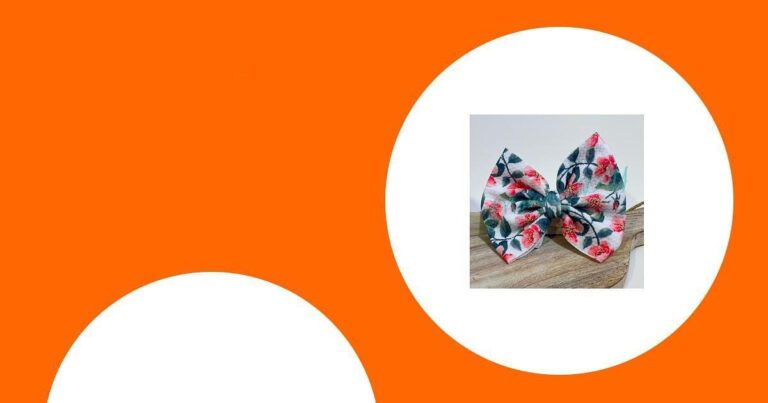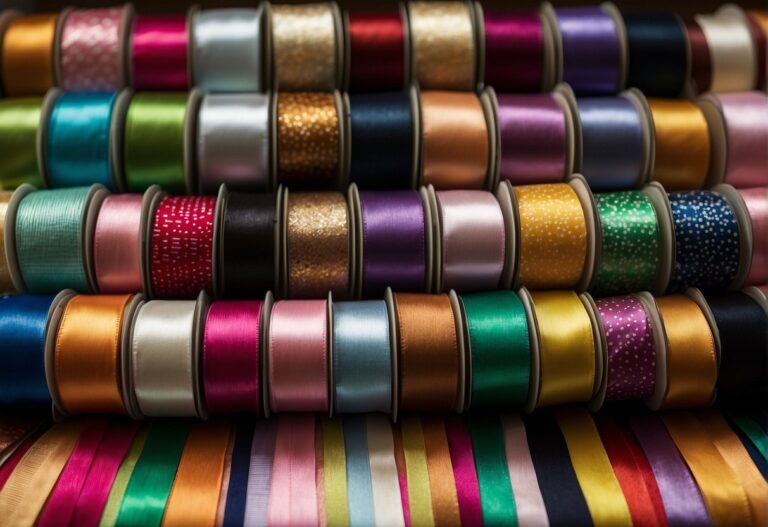When Were Hairbows Invented? A Peek into Fashion History
Hair bows are not just a modern accessory for your hairstyle—they have a rich history that stretches back centuries.
The development of hair bows as a fashion statement has evolved through various time periods and cultures.
Although you might associate hair bows with a certain era or use, their origins go much further back than you might expect.

It’s fascinating to consider that something as simple as a ribbon tied in a bow has been a part of human adornment for so long.
If you look into the history of hair bows, you will discover that they were worn almost exclusively by men in the late 16th and early 17th century as a sign of romantic devotion.
Known as the lovelock, it was a long strand of hair often tied with a bow or a rose made from ribbon. However, the bow itself, as an isolated accessory for hair, only saw widespread popularity in women’s fashion much later.
With the arrival of the 1800s, societal changes led to shifts in fashion norms, and hair bows began to adorn the hairstyles of men and women alike.
You might be intrigued to know that after the French Revolution, extravagance in dress and hairstyle was discouraged, and hair bows were rarely worn until they made a comeback for male children’s fashion, eventually spilling over into women’s hairstyles too.
Their presence in fashion has been cyclical, disappearing and reappearing in various forms throughout the decades.
The Evolution of Hair Bows

The humble hair bow you know today has a rich tapestry of history, morphing from simple ribbons to a symbol of high-end fashion. Let’s take a journey through the different eras to see how hair bows have evolved.
Ancient Origins
Hair bows date back to ancient times, serving as more than just fashion accessories.
Initially, bows were likely crafted from accessible materials like grasses and flax. As time progressed, ribbons became the material of choice, signifying wealth when made from luxurious silks and fabrics.
Significance in European History
In Europe, the association of hair bows with extravagance became evident.
During the reign of Louis XIV, elaborate and decorative ribbons adorned the hairstyles of the French aristocracy, symbolizing status and opulence. However, post-French Revolution, the use of bows fluctuated, often reflecting societal attitudes towards wealth and display.
Rise of the Bow in Modern Fashion
The 20th century saw Chanel and Dior integrate hair bows into their collections, infusing the trend with a sense of refined elegance.
This era embraced high-end consumerism, making the bow a coveted accessory.
From extravagant stage appearances by icons like Lady Gaga to being a staple in school uniforms, the bow’s persistence in fashion signifies its timeless appeal.
Cultural and Gender Implications

As you explore the evolution of hair bows, you’ll find they’ve had significant cultural and gender implications, shaping norms and challenging conventions throughout history.
Gender Associations and Fashion
Hair bows, traditionally seen as symbols of femininity, have been used to reinforce gender-specific stereotypes while also providing a platform for personal expression.
For instance, they indicated sexual availability in the 1940s, as women used them to send societal signals about their marital status.
Hair Bows in Male Fashion
Historically, men have also incorporated hair bows into their attire.
In the 1700s, European male fashion included hair bows to signify prosperity and extravagance.
More recently, celebrities like Boy George challenged gender norms by adopting hair bows, encouraging male children and others to feel empowered to express themselves freely.
Icons of Empowerment and Rebellion
Figures like Madonna and Lady Gaga have turned hair bows into icons of empowerment.
For members of the transgender community, such fashion statements can be powerful affirmations of identity.
Hair bows have also served as subtle acts of rebellion against rigid gender expectations, contributing to a broader dialogue about gender identity and expression.
Icons and Influence
From the big screen to real-life icons, hair bows have been more than just an accessory – they represent eras, ideologies, and have been a tool of expression for many influential figures and media.

Celebrity Influence
Lady Gaga and JoJo Siwa are amongst the celebrities who have made hair bows iconic.
Lady Gaga famously wore a bow made from her own hair, catapulting the hair bow back into the limelight. Meanwhile, JoJo Siwa became synonymous with colorful, oversized bows, influencing children and YouTube audiences around the globe.
Hair Bows in Media and Games
Characters like Minnie Mouse and Ms. Pac-Man have embedded hair bows into their identities, making these items symbolic in various entertainment mediums.
In the video game world, you may recognize the iconic red bow worn by Princess Peach in Super Mario, an enduring symbol of the character’s femininity and grace.
Symbolic Hair Bows in History
Historically, hair bows have signaled more than just fashion choices.
They were used as wartime propaganda in the iconic We Can Do It! poster, signifying solidarity and feminine strength.
In contrast, during the 18th century, the ostentatious hair bows of Marie Antoinette were a sign of opulence and high social status.
Modern Trends and Variations

You’ve probably noticed that hair bows are not just an accessory of the past—they’ve made a significant comeback, transforming through various trends and finding their place in modern fashion and social expression.
Hair Bows in Youth and Pop Culture
Today, you’ll see the influence of child pop stars and tween influencers on platforms like YouTube, where hair bows have become a signature accessory.
The phenomenon can be illustrated by the oversized bows often seen adorning fans of the young YouTube sensation and singer, JoJo Siwa.
These cushiony large posh bows are not just a simple style statement but also a symbol of confidence for young fans.
High Fashion and Designer Takes
In the world of high fashion, designer takes on hair bows have manifested on runways and in fashion campaigns.
Take, for example, the iconic Chloé shopping bags—the brand often pairs their sophisticated attire with subtle and elegant bows, suggesting a sense of refined playfulness.
Hair Bows and Social Movements
Hair bows have also been repurposed as emblems of social movements and resistance.
For instance, the punk movement adopted hair bows, contrasting their femininity with edgy attire to make bold statements.
This shows that hair bows can be powerful symbols that promote current fashions while also representing personal or collective identities in the public sphere.
The Art and Crafting of Hair Bows

Crafting hair bows is a delightful way to add a personalized touch to your hairstyles. Through choosing unique materials and mastering various techniques, you can create decorative pieces that showcase your personal style.
Materials and Techniques
When diving into the art of making hair bows, you’ll encounter a wealth of materials that you can use.
Ribbons are the most essential component, often crafted from luxurious silk to more affordable synthetic options.
Your choice of material affects both the look and the longevity of your hair bow, with silk providing a classic and elegant sheen.
The making of hair bows involves several key techniques:
- Cutting: Precision is paramount for clean edges.
- Folding: This is where your bow starts to take shape – crisp folds make for a more professional look.
- Sewing or Gluing: To secure the bow’s form, you might sew by hand or use fabric glue, each method giving a different finish.
- Attaching Clips or Bands: Choose a hair clip or band to attach your bow to in order to wear it with various hairstyles.
DIY and Customization
Embracing the DIY spirit is a fantastic way to ensure your hair bow is one-of-a-kind.
Handmade bows offer a sense of satisfaction that store-bought ones can’t match. Plus, the personalization options are endless:
- Color: Pick ribbons that complement your wardrobe or represent your favorite hues.
- Size and Shape: From dainty bows perfect for subtlety to oversized statements, you can determine the bow’s impact.
- Decorations: Consider adding embellishments such as beads, crystals, or even small charms to make your bow truly decorative.
Hair Bows Around the World

When you explore the history of hair bows, you discover a rich tapestry of cultural significance and evolving fashion across the globe.
From ceremonial uses to signifiers of social status, hair bows are more than just decorative items.
Traditional Uses and International Styles
In Asia, particularly in countries like Japan, hair bows have long been incorporated into traditional hairstyles. They often signify marital status or coming of age.
Meanwhile, young male children in the Victorian era also sported small hair bows before being breeched. These bows gradually became associated more with female body adornments.
Moving west, the Soviet Union saw the use of hair bows as part of the Young Pioneer organization’s uniform. These bows symbolized loyalty and unity among youth.
Such intricate ties between hair bows and cultural identity underscore their importance beyond mere fashion.
Global Influence and Adaptation
Hair bows have been subject to Western influence, growing in size and popularity through exposure in media.
The giant bows worn by Disney characters like Minnie Mouse contributed to their association with youth and whimsy, entrenching them as a staple in children’s fashion.
Later, personalities like Sia would reintroduce bigger, bolder bows into the modern pop culture sphere, making a statement on the global stage.
The Future of Hair Bows

In the realm of fashion, hair bows continue to evolve, serving both as a nod to tradition and a canvas for innovation.
Looking forward, you can expect to see sustainability become a priority.
Bows will be crafted from eco-friendly materials like recycled fabrics and biodegradable elements. This not only reduces waste but also caters to your increasing desire to make ethical fashion choices.
- Innovative Designs: Smart textiles may elevate hair bows beyond mere accessories. Imagine bows integrated with technology that change color to match your outfit or mood – all controlled via a smartphone app.
- Eco-Conscious Production: The fashion industry is shifting towards greener methods, and hair bows are no exception. Companies will boast about carbon-neutral manufacturing processes and the use of organic dye for coloring.
- Celebrity Influence: Just as figures like Lady Gaga have previously re-popularized hair bows, other public figures will likely shape bow trends. Your favorite influencers might soon be flaunting 3D-printed or solar-powered designs that mark the next step in hair accessory evolution.
Keep your eyes peeled for runway shows and designer collections where the next generation of hair bows will make their debut.
You’ll see bows that aren’t just accessories but statements of personal style and commitment to the environment.
Whether oversized or minimalist, your hair bows will likely carry a story, one of tradition fused with modern-day consciousness.


